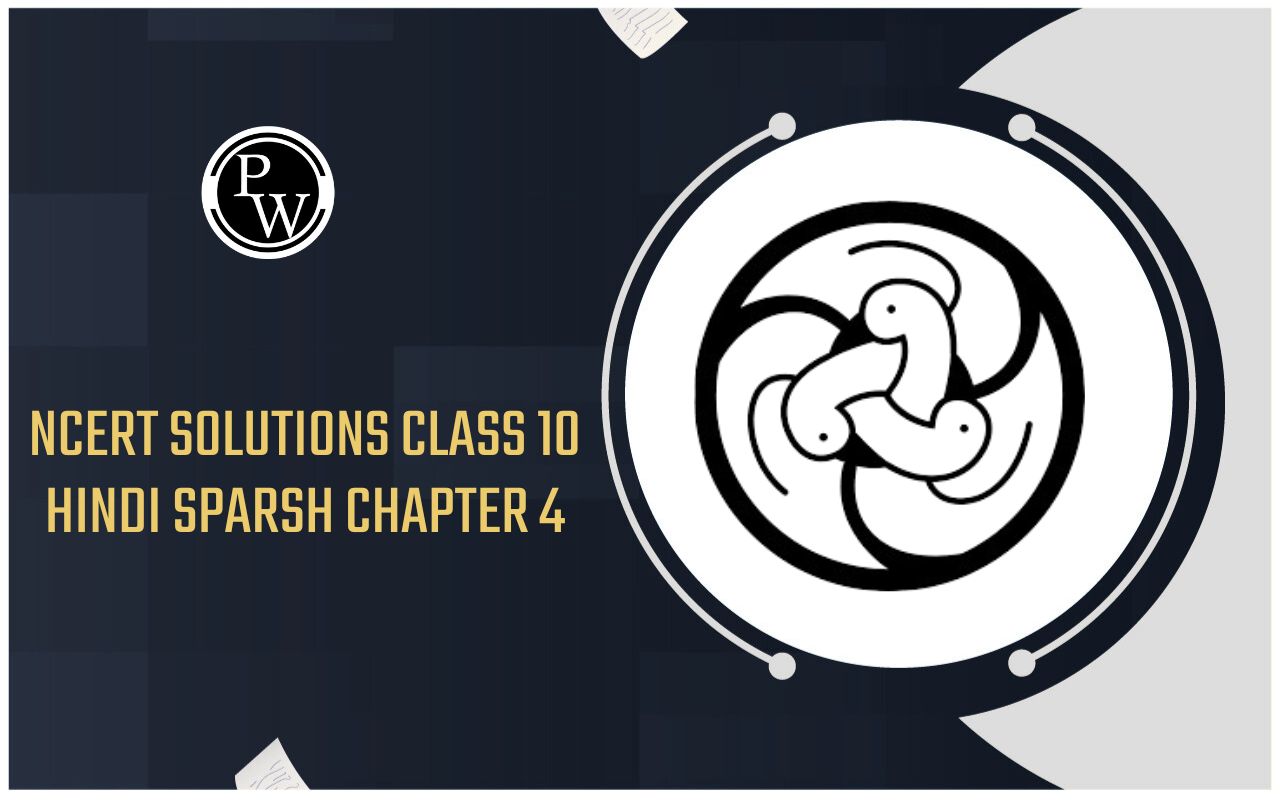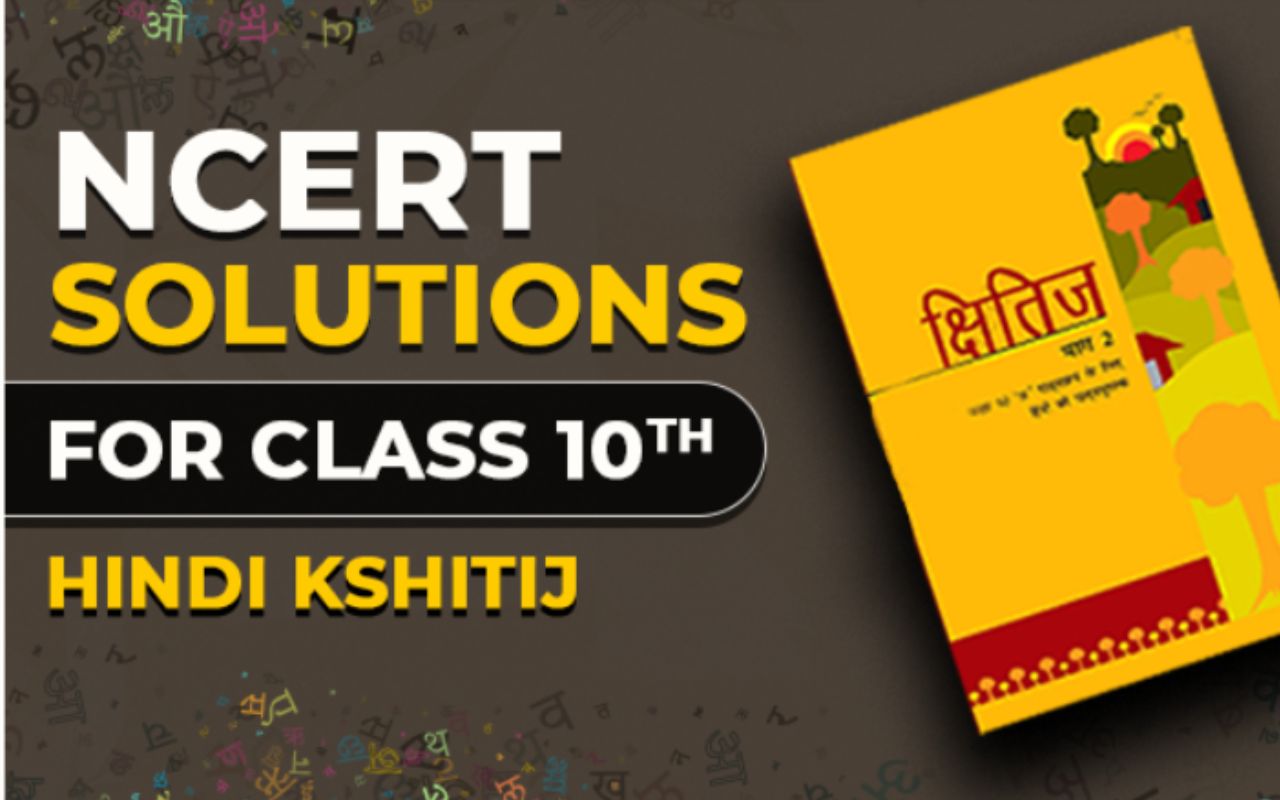
Storage Of Grains
Crop production and managements of Class 8
Farmers stores food grains in jute bags or metallic bins. However, large scale storage of grains is done in soils and granaries to protect them from pests. At domestic level dried neem leaves are also used. Food grains in our country are lost due to inadequate & improper storage so after separation from chaff grains need to be stored. The storage area should be free of moisture causes fast microbial growth. The grains after threshing and winnowing dried in sun and then packed in gunny bags or metal bins and stored in godowns. Pesticides and rodenticides should be sprayed in the godowns before storage.
FACTORS RESPONSIBLE FOR LOSS OF GRAINS DURING STORAGE:
-
Biotic (living): Insects, rodents, birds, mites etc.
Abiotic (nonliving):
-
Temperature
-
Moisture
-
Humidity
-
Material of container in which grains are stored
PREVENTIVE MEASURES:
-
Drying before storage
-
Maintenance of hygiene
-
Plant product treatment
-
Prophylactic treatment
-
Improved storage structures
ANIMAL HUSBANDRY:
Science which deals with the scientific management of animals including their feeding, breeding, weeding and heeding (disease control) is called as Animal husbandry.
Animal foods are:
-
Milk: from cattle such as cow, buffaloes, goat, camel.
-
Egg: from birds (poultry).
-
Meat: animals like pigs, fishes, poultry etc.
-
Honey: from honey bee.
Most noticeable effort for dairy development & milk production in India is being carried out by NDDB (National Dairy Development Board) is called "Operation flood" to increase milk production. It has resulted in white revolution in India.
Four main factors involved in animal husbandry:
-
Breeding : To obtain the animals with desired characters.
-
Feeding: It includes proper food in proper amount at proper time.
-
Weeding: It is the process of removal of uneconomical animals.
-
Heeding: Proper care and management of animals.
VARIOUS TYPES OF ANIMAL FARMING ARE
-
Cattle farming - (Milk producing or milch animals)
-
Poultry farming ( Egg yielding animals)
-
Fish farming - (Meat providing fishes)
-
Bee keeping - (Honey providing bees)
Cattle Farming:
Farming of cattle for milk and labour is called cattle farming. It is done for two purposes
-
Milk: Milk providing animals are - cows, buffaloes, goats, camels.
-
Draught: For labour. e.g. Ox, Camel.
Cows & Buffaloes are main milk providing animals in India. They are also used for bullock labour. Cow's milk is highly nutritious, contains large amount of proteins and vitamin A, which is best for infants. Buffalo's milk is rich in fats, proteins, vitamin E, calcium, phosphorus, contains low Na, K and cholesterol.
Types of breeds of cattle:
A) Draught breedsB) Dairy breedsC) Dual purpose
Strong & sturdy Specialized in milk Both for milk
chiefly for labour production production & labour
High milk yielding breeds: some of them are as follows:
-
Sahiwal (cow)
-
Sindhi red (cow)
-
Mehsana (buffalo)
-
Murrah (buffalo) etc.
Food requirement for cattle:
Cattle food is of 2 types:
-
Roughage: Rich in fibre content. It includes green fodder, silage, hay.
-
Concentrate: Rich in all types of nutrients, lacks fibre. It includes maize, oat, barley, jowar etc.
Diseases of Animals:
a. Foot and mouth disease (contagious and fatal)
-
Symptoms - Blisters on feet and mouth, loss of appetite, high temperature
b. Anthrax - (Bacterial disease) contagious and fatal
-
Symptoms - Swellings on neck and body parts
c. Cow pox - (viral disease)
-
Symptoms - (Fever, small nodules appear on body)
Rinderpest- (Bacterial disease)
-
Symptoms: Fever, reddening of eyes, loss of appetite, lesions in mouth etc.
Poultry Farming:
Practice of rearing of chicken, ducks, geese & turkey for egg & meat. It provides best source of animal protein and fats. Egg laying poultry is called egger or layer and poultry raised for meat is called broiler
-
Silver Revolution: Increase in egg production at large scale.
-
Improvement of poultry breeds: It involves:
-
Developing new varieties: They have following advantages.
-
number & quality of chicks are increased.
-
summer adaptation capacity.
-
low maintenance requirements
-
dwarf broiler present for commercial chick production
Care and shelter of poultry animals:
-
Proper food, space and light.
-
Poultry feed should include cereals like wheat, maize, bajra, fish and bone meat etc.
-
Surroundings should be dry and clean, poultry animals:
-
High egg yielding breeds: White Leghorn, Plymouth Rock, Black Minorca, Rhode Island Red etc.
-
Poultry diseases - These birds suffer from many diseases caused by bacteria, fungi, viruses and parasites along with nutritional deficiencies. These can be prevented by proper cleaning sanitation and spraying of disinfectants.
Fish Farming (Pisciculture):
Fisheries: The branch including capture, preservation, exploitation and utilization of aquatic animals is called as fisheries.
Types on the basis of types of animals.
-
Fin fishery: Related to bony and cartilaginous fishes
-
Shell fishery: Related to crabs, oysters etc.
This can be of two types on the basis of types of animals cultured or captured.
-
Capture Fishery: In this practice fishes are caught from natural marine and fresh water bodies.
-
Culture fishery: In this practice fishes are cultivated, reared and harvested from the man made water bodies.
-
Marine fisheries: This can be of three types: Coastal, offshore and deep sea. Edible marine captured fishes are Pomphrets, Tuna, Bombay duck etc.
-
Inland Fisheries: In India inland water covers 1.6 million hectares of area. This can be culture fisheries and captured fisheries. Source of animal protein for human food.
-
Some fresh water fishes are catla, labeo, barbus. etc.
-
Some sea water fishes are hilsa, pomfret, cat fish etc.
Bee Farming (Apiculture):
Rearing of bees for honey and bee wax is called as apiculture. Different varieties of bees are used for commercial production of honey. They are:
Varieties of bee:
-
Apis indica called Indian bee
-
Apis mellifera (Italian bee) domesticated in India to increase the yield of honey.
-
Apis dorsata rock bee, migratory
-
Apis Florea called as little bee
Types of honey bees in a honey bee colony:
Honeybee is a social insect and in single hive 40,000-100,000 individuals may found. A colony of honey bees has three castes as follows:
-
Queen: Developed from fertilized egg and reproduce.
-
Workers: Smallest members meant for work only.
-
Drones: Males of intermediate size meant for reproduction.
Products obtained from apiculture:
-
Honey: Produced from flower nectar and made of sugars like levulose, dextrose and maltose, minerals, vitamins, water etc.
-
Bee wax: Used in creams, ointments, polishes etc.
-
Bee venom: Used as medicines of arthritis etc.
-
Royal jelly: Used as medicine to heart patients. NCERT solutions for class 8 Science prepared by Physics Wallah will help you to solve your NCERT text book exercise.









